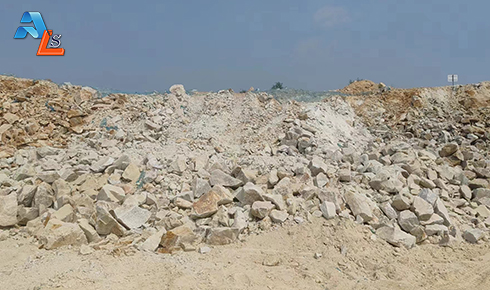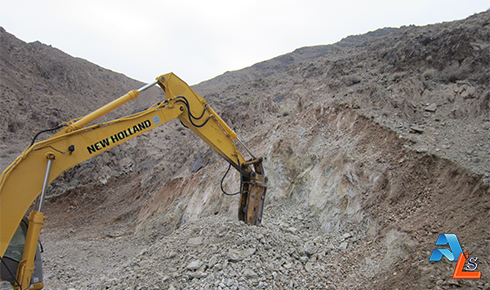Sodium feldspar, as an important industrial raw material, has its production process under scrutiny regarding energy saving and environmental protection. This article will explore how to achieve these goals in the production of sodium feldspar.

Sodium feldspar, chemically composed of NaAlSi₃O₈, is a silicate mineral widely used in ceramics, glass, and building materials. Its production process mainly includes mining, crushing, grinding, flotation, and sintering. Effectively reducing energy consumption and emissions in these stages is key to achieving energy saving and environmental protection.
First, the mining stage of sodium feldspar is crucial. Traditional mining methods often cause environmental damage and are energy-intensive. Therefore, promoting and applying environmentally friendly mining technologies is essential. For example, using modern mining equipment and techniques can reduce the environmental impact of mining while optimizing the extraction process and improving resource utilization efficiency.
Secondly, the crushing and grinding process of the ore is also a major energy-consuming stage. In this phase, using energy-efficient crushing and grinding equipment can significantly reduce energy consumption. Meanwhile, advanced separation technologies can enhance beneficiation efficiency, reduce waste production, and further lower environmental burdens.

Flotation is a key step in the purification of sodium feldspar. Traditional flotation methods may use large amounts of chemical reagents, causing pollution to water resources and the environment. Therefore, developing and applying green and environmentally friendly flotation agents, and adopting closed-loop systems to effectively control wastewater discharge, are crucial measures for improving production environmental standards.
Finally, the sintering process of sodium feldspar greatly impacts energy consumption. Optimizing kiln structures, improving combustion processes, and enhancing thermal energy utilization efficiency can reduce fuel usage, lower production costs, and significantly decrease emissions of greenhouse gases such as carbon dioxide.
In summary, achieving energy saving and environmental protection in the production of sodium feldspar requires a combination of technological innovation, equipment upgrades, and management innovations. Governments, enterprises, and research institutions should strengthen cooperation to jointly promote the development of green manufacturing. Only through the dual drive of technological innovation and enhanced environmental awareness can the sodium feldspar industry make steady progress on the path of sustainable development, contributing to the green transition of human society.

